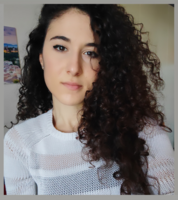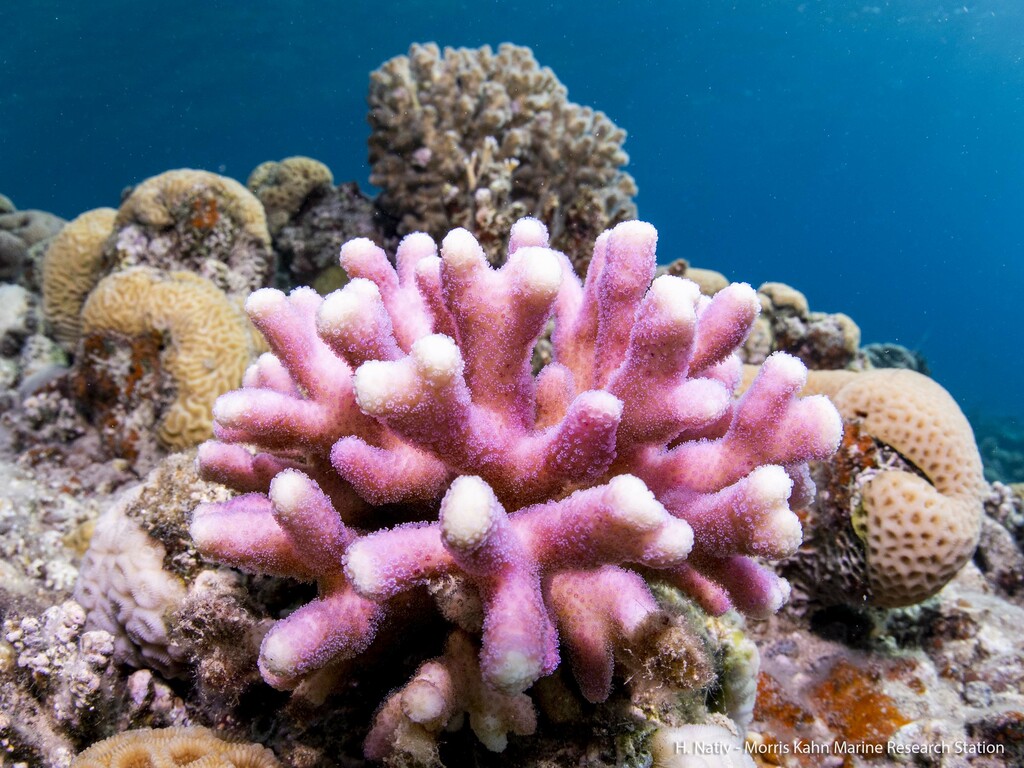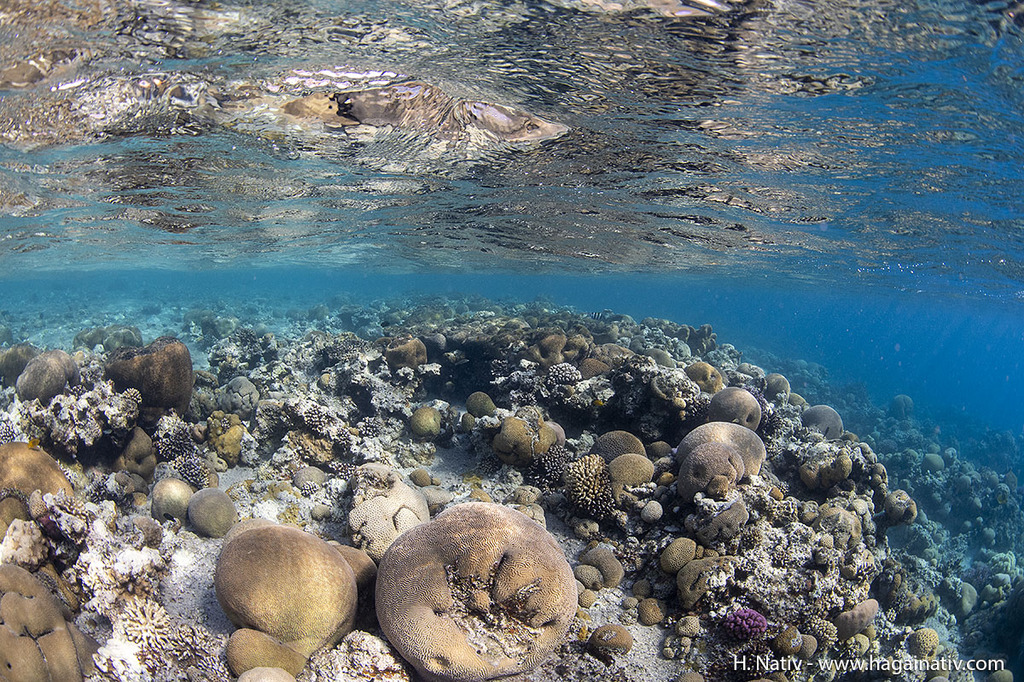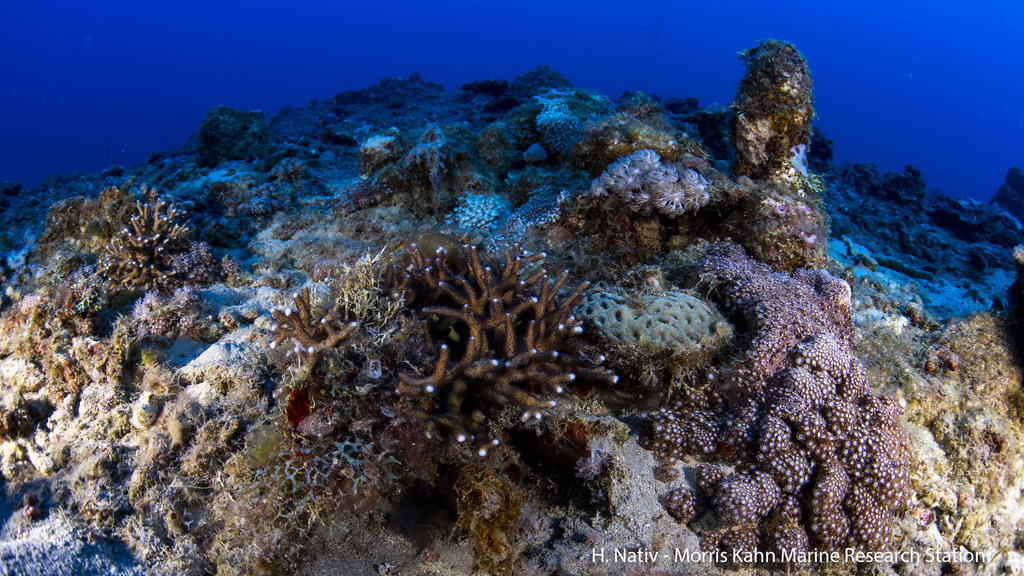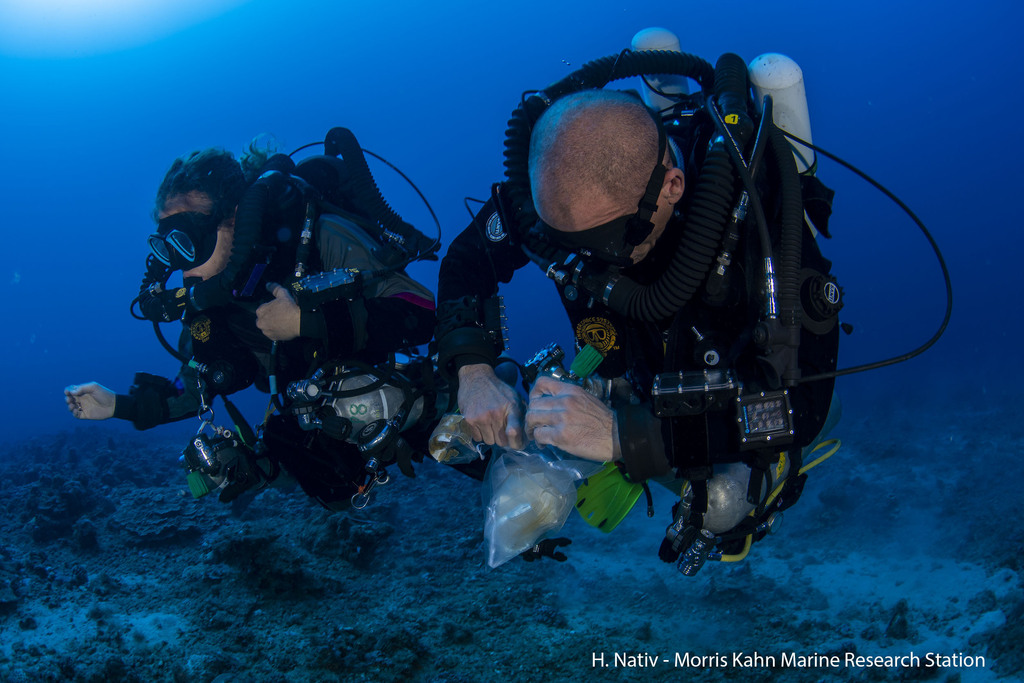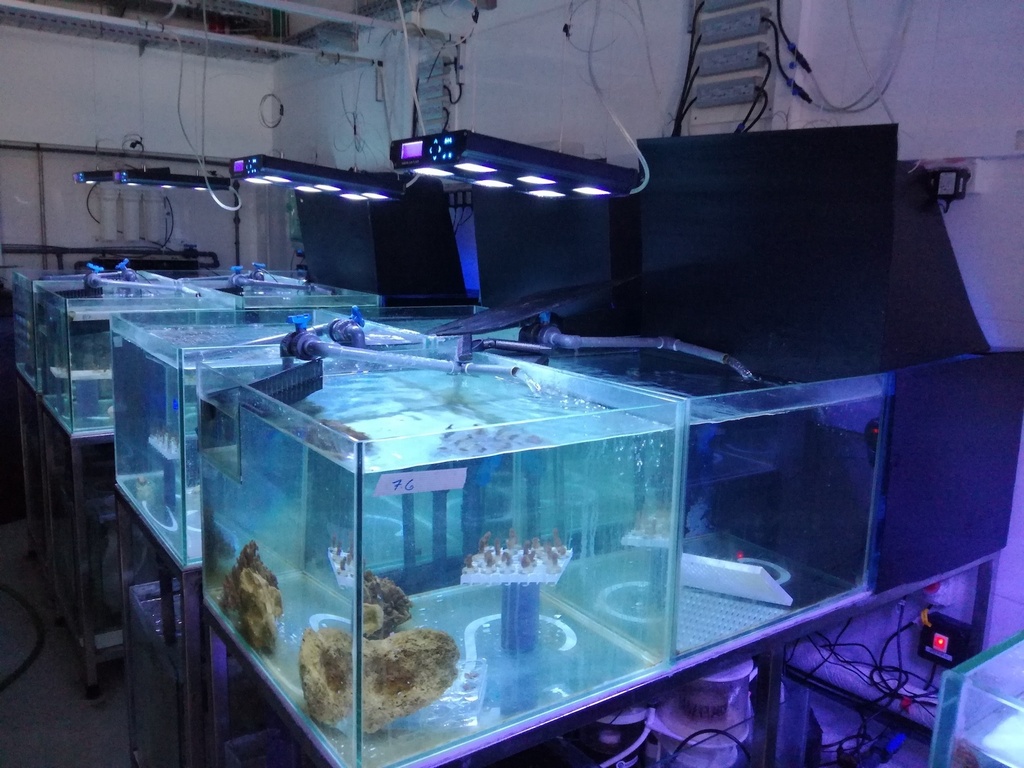Behind the science:
Genetic and physiological traits conferring tolerance to ocean acid...
2023, April 25
Posted by Veronica Radice
Fields
Evolution
Physiology
Climate Change
Focusgroups
Scleractinia (Hard Corals)
Symbiodinium (zooxanthellae)
Locations
Israel - Red Sea
Platforms
Aquarium-based
“Physiology and gene expression response to OA in shallow vs. mesophotic corals”
How do you pronounce “mesophotic” – ‘mee-so’ or ‘meh-so’ -photic?
‘mee-so’ -photic
Are you more interested in charismatic megafauna or scouring the benthos for cool creatures?
Definitely scouring the benthos for cool creatures! I’m always searching for corals, sea stars and colourful nudibranchs.
What was the most challenging aspect of your study (can be anything from field, lab to analysis)?
The most challenging part was the collection of the mesophotic corals. As depth increases, the dive complexity increases as well. Sampling at mesophotic depths requires highly trained CCR divers, that have to carry out sampling with heavy and bulky equipment in a limited amount of time. The maintenance of the aquariums system for the ocean acidification experiment was another challenging aspect of the study. Parameters of the water chemistry and light levels had to be continuously and rigorously checked to ensure that the corals were being exposed to the proper control or acidic conditions.
What was the most memorable moment in undertaking this study?
The most memorable moment was when both the mesophotic and shallow teams of divers came out of the water and were ecstatic about the successful sample collection and the great and fun dive they had!
What was your favorite research site in this study and why?
During this study we aimed at sampling one shallow and one mesophotic reef locations, which are both marvellous. Also, during the exploration for the sampling locations, we loved the wall in the nature reserve of Eilat that has a high coral coverage and complexity.
Other than your co-authors, with whom would you like to share credit for this work?
We would like to acknowledge Eran Rozen, the University of Haifa DSO who oversaw this expedition and took care of every detail from food to tanks and safety. Also, Shai Einbinder, Stephane Martinez and Hagai Nativ, our long-term diving buddies and friends.
Any important lessons learned (through mistakes, experience or methodological advances)?
One of the most important lessons learnt is meticulously plan every single detail of the study, from the sample collection in the field to experiment set up and sample processing in the lab. Another one is definitely to always have a plan B ready for every step of the process. When you conduct an experiment, there are always unexpected complications around the corner, so having well-thought-out experimental plan A and B ensures overcoming potential pitfalls.
Can we expect any follow-up on this work?
One of the main interests of the Mass Lab is assessing the mechanisms of molecular and morphological adaptation of corals to extreme environments, so there is definitely more work to come and not only based in the Red Sea but also in other locations, such as the Caribbean. I am currently a Postdoctoral Associate in the Martindale Lab at the Whitney Laboratory for Marine Bioscience (University of Florida), and I’m focusing on the sea anemone Nematostella vectensis as a model system to study the evolution of biomineralization, but I’m always looking into avenues to continue working on coral adaptations to environmental extremes.
Featured article:
|
|
Genetic and physiological traits conferring tolerance to ocean acidification in mesophotic corals | article Scucchia F, Malik A, Putnam HM, Mass T (2021) Global Change Biol 27:5276-5294 |

|
